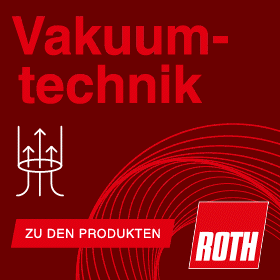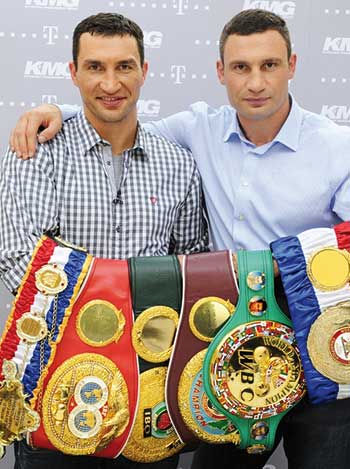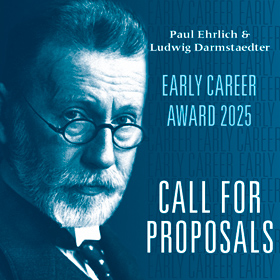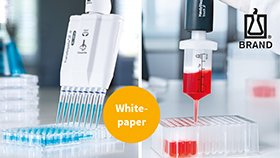Pryvit Ukrayiny
Career strategies for young European scientists
Ralf Schreck, Labtimes 04/2015
Page 1 | Page 2 | Page 3
More coordinated efforts needed
The Ministry of Education and Science and its State Agency on Science, Innovation and Informatization of Ukraine (SASII) have been key players of the national science policy. However, the policy and administrative system between legislation and research performers seems to be highly fragmented and prone to inefficient use of funds by uncoordinated efforts. For example, there are more than 30 ministries and agencies with their own science budgets and several committees and advisory bodies at different levels and with changing roles.
Laws form the basis of the science policy. The major law is the law “On Scientific and Scientific and Technological Activities”, which is about to be changed. The law “On Priorities of Science and Technology Development” defines research topics up to 2020, encompassing not only new materials, energy and power efficiency as well as information and communication, but also life sciences and technologies for diagnosis and treatment of diseases. Innovation priorities for the period 2011-2021 encompass the assimilation of new technologies for energy transportation or use of alternative energy sources, nano-materials, environmental protection, as well as technology development for the space and military sector.
Priorities are set by funding measures, such as National programmes or State target programmes. There are a couple of hundred research performing institutions in the Ukraine. Detailed information is sparse and most often available only in the Ukraine. The six State-funded national academies, including the dominating National Academy of Sciences of Ukraine, the National Academy of Agriculture and the National Academy of Medical Sciences, draw about three-quarters of the State funds for research. Boundaries between private and State institutions are fuzzy. Investments into research and development activities in the private sector by domestic companies, which often prefer to buy technology from abroad, suffer from the economic crisis, outdated infrastructure and the conflict with Russia.
Competitive funds available
The great majority of research funds are provided on a non-competitive basis directly from the State fund. It is important to have additional resources on a competitive basis available, such as the State Fund for Fundamental Research (SFFR). SFFR was established in 1992 to support basic research and operates under SASII. It provides financial support to institutions and individuals, and promotes internationalisation.
Key decisions on the Fund’s policy are made by the SFFR Council, composed of 25 leading scientists. According to the ERAWATCH country report, the SFFR budget ranged between €1.3 and €1.5 million per year in the past. Proposals are submitted on the basis of calls, are evaluated by peer review and ranked by thematic panels composed of scientists from different institutions and SFFR management. Progress reports on funded projects are due every six months and are decisive for continued funding. Up to 4,000 applications are turned in each year. Success rates vary from 10 to 30%. In periods of economic difficulties scientists have to wait for their money.
Annual Grants awarded by the President of Ukraine for Young Scientists (F66) was the only call active in June 2015. It is earmarked for Ukrainian doctorate holders under the age of 45 and pays €6,300 for a one-year project. A prerequisite for application is to have published at least three publications on the proposal topic within the last three years. Grants are appointed by the President of the Ukraine on suggestions from the Cabinet of Ministers.
The dinosaur NAS awaits its centennial
The National Academy of Sciences of Ukraine (NAS) was established in 1918. It is the highest state-funded research agency, reporting directly to the Cabinet of Ministers. NAS claims to be responsible for over 90% of all major discoveries made in the Ukraine and incurs more than half of the available State funds for research. It is self-governing with respect to structure, choice of research topics and internal issues, such as use of funds.
The General Assembly is the supreme body and encompasses a few hundred delegates from NAS institutions and about 600 Academy members. Full and corresponding Academy members are selected on the basis of outstanding or remarkable scientific contributions, respectively. A lifetime membership comes along with extra pay. The NAS Presidium is made up of more than 30 people, all but one being male. The 96-year old Boris Paton, a pioneer of electrical welding, was just reelected as NAS President, holding on to the same position since 1962.
Scientific activities are organised into three thematic sections with 14 departments. NAS operates either centrally or via its departments more than 170 research institutions and additional units, such as libraries or museums. Most institutes are located in Kiev, while others are concentrated in regional science centres at Lviv, Odessa, Kharkiv or Dnipropetrovsk. According to ERAWATCH, many NAS institutes are affiliated with technology design bureaus or manufacturing enterprises. For example, the E.O. Paton Welding Institute in Kiev with 3,500 employees has four factories on its premises producing equipment and commercial products.
Once powerhouse – now poorhouse?
The NAS budget totalled €130 million in 2014, out of which two-thirds were granted as non-competitive block funding from the State. Other sources of income are competitive or targeted research programmes and contract research. Salaries account for more than three-quarters of the NAS budget. President Paton regretted in the last annual report that no money was left for scientific equipment for the fourth year in a row.
NAS employs about 37,500 people, including 7,600 Candidates of Sciences (PhD equivalent) and 2,530 Doctors of Sciences with a higher doctoral degree qualifying for leading academic positions. The average age of Candidates, Doctors and Academy members is above 50, 60 and 70 years, respectively, and is proof of how obsolescent the NAS has become. Poor salaries as well as lack of attention and support cause young talents to turn their backs. Young Scientists Councils at the institutional and national level have been introduced to give them a voice. The NAS also owns two publishers, in charge of 87 NAS scientific journals in the Ukraine. Ten journals by NAS institutions appear in English. Scientific awards include the Vernadsky Gold Medal for most distinguished academians or the Bogolyubov Prize for outstanding contributions to theoretical physics and applied mathematics. For international cooperation 119 agreements with academies, funding agencies, scientific and educational institutions or companies in 50 countries are in place.
Page 1 | Page 2 | Page 3
Last Changed: 14.07.2015








